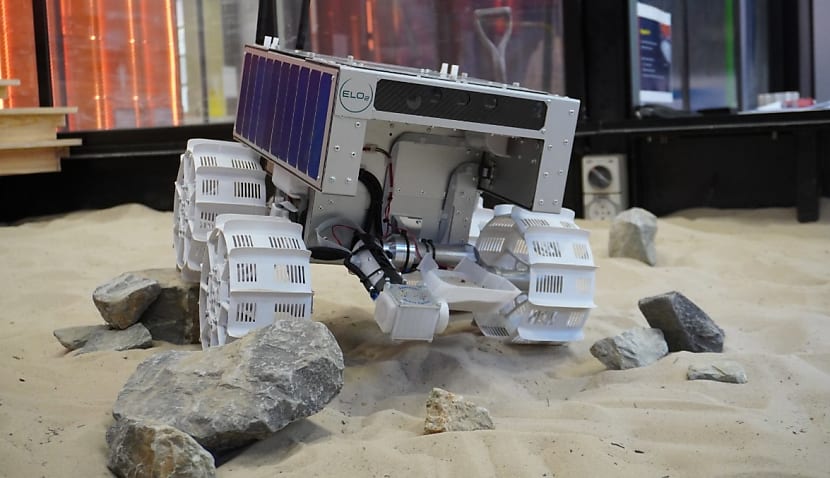The “more capable” machine will be displayed to the public at the Australian Rover Challenge in Adelaide this weekend before travelling across the country to be displayed between testing.
It comes just three months after the group showed off the first iteration of the device that will compete against a rival created by the AROSE consortium.
The pair were both granted $4 million last year to provide a rover to NASA to support its Moon to Mars Mission.
It’s hoped the winning design will collect lunar regolith, or Moon soil, that will eventually be turned into oxygen to support a permanent human base.
Regolith can both become oxygen that humans could breathe or aid the production of rocket fuel necessary to support the launch of a rocket from the moon to Mars and beyond.
NASA has tasked Australia with creating a design that can prove the concept on the moon and pave the way for future missions.
“In developing a lunar rover for Australia, ELO2 has supported over 40 new jobs, including interns, and expects to support more than 150 new jobs if awarded the next phase of the Moon to Mars Trailblazer Program,” said ELO2’s Ben Sorensen.
Space Connect understands the Australian Space Agency will likely pick the winning design later this year, while a blast-off could occur as early as 2026.
The ELO2 consortium consists of organisations, including universities, SMEs, and those in the mining sector.
In particular, the University of Adelaide is responsible for the rover’s ongoing testing, Inovor provided the electrical power system, and BHP provided expertise in excavation.
The battle to win the contract to provide the rover has seen both groups spruik their credentials in recent weeks.
Just yesterday, AROSE announced it had signed its 23rd member, Raytracer, which is best known for creating underwater VR training for astronauts.
Raytracer’s underwater VR tech allows trainees to experience a weightlessness-like feeling while watching high-resolution 3D renders on a headset.
A world-first innovation, the company believes it allows astronauts to train at a fraction of the cost of traditional space training methods.
It also has the benefit of allowing members to join in the same simulation while based in separate locations hundreds of kilometres away.
AROSE was co-founded in 2020 by former astronaut Colonel Pamela Melroy, who is now NASA’s deputy administrator.
It aims to take advantage of remote operations’ expertise in Australia’s resource sector and adapt it to industries such as space.

Adam Thorn
Adam is a journalist who has worked for more than 40 prestigious media brands in the UK and Australia. Since 2005, his varied career has included stints as a reporter, copy editor, feature writer and editor for publications as diverse as Fleet Street newspaper The Sunday Times, fashion bible Jones, media and marketing website Mumbrella as well as lifestyle magazines such as GQ, Woman’s Weekly, Men’s Health and Loaded. He joined Momentum Media in early 2020 and currently writes for Australian Aviation and World of Aviation.

